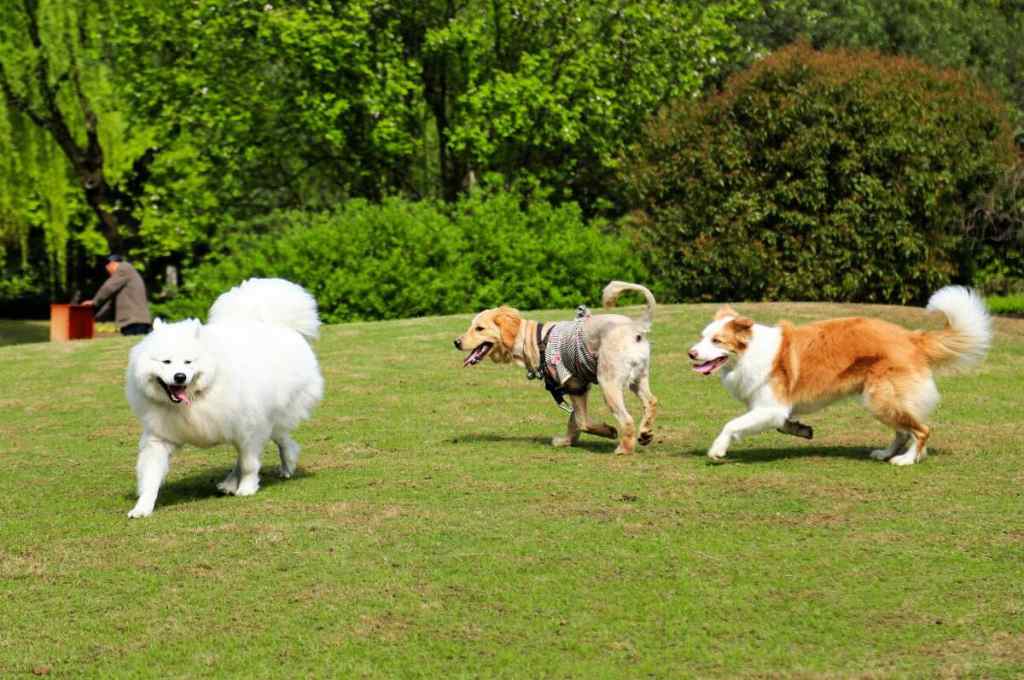 When does the Bichon Frise change its coat? The Bichon Frise changes its coat at about 3-7 months, and the adult dog’s coat changes in the spring and fall of each year, which usually lasts one to two months.
When does the Bichon Frise change its coat? The Bichon Frise changes its coat at about 3-7 months, and the adult dog’s coat changes in the spring and fall of each year, which usually lasts one to two months.The Bichon Frise changes its coat at about 3-7 months, and the adult moulting period usually occurs twice a year, usually during the spring and fall seasons. So owners need to pay special attention to their Bichon Frise’s hair loss during these two seasons. In fact, the reason why they change their coat is very simple, just like us people, when the weather is cold, they wear more pieces, and when the weather is hot, they take off their clothes piece by piece. So they enter the hair change period to better adapt to the ambient temperature.
You can take your Bichon Frise out for a walk every morning with a dog brushing comb, and then comb the Bichon Frise’s hair while you are out walking him, throwing the hair that comes off the comb into the trash. This method will reduce the Bichon Frise’s hair loss and should be done twice a day, which means the owner needs to take the Bichon out twice.
During the Bichon Frise’s coat change, nutritional supplementation is important. The Bichon Frise’s coat growth requires a high level of nutrition, so pet owners must step up their nutrition for the Bichon Frise during this period. For this reason, in addition to feeding the Bichon Frise dog dog food during this period, pet owners should also make more food rich in protein, vitamins, minerals and other nutritional elements for the Bichon Frise dog to eat, such as fish, apple puree, rhubarb beans and other foods. When owners feed their Bichon Frise, they should also mix in some lecithin for the Bichon Frise to eat, which is very helpful for the Bichon Frise’s hair growth.
In addition to paying attention to combing the Bichon Frise’s coat and supplemental nutrition, pet owners should also maintain good environmental hygiene at home. Because the resistance and immunity of the Bichon Frise is not very good during the hair change period, it is easy to be attacked by those parasites, such as jumping ticks and lice. So, during this period pet owners should pay attention to maintain good environmental hygiene, pay attention to do some sterilization work.

